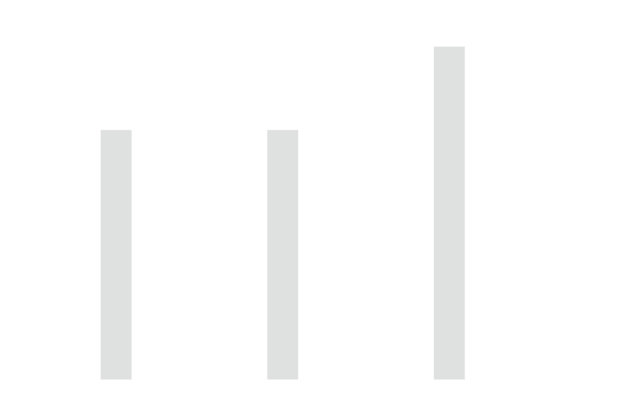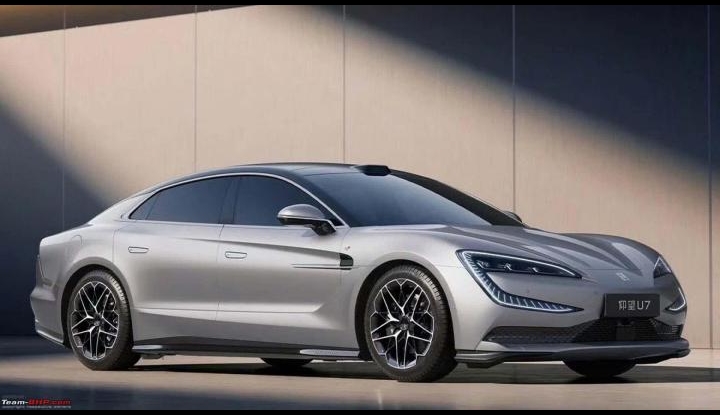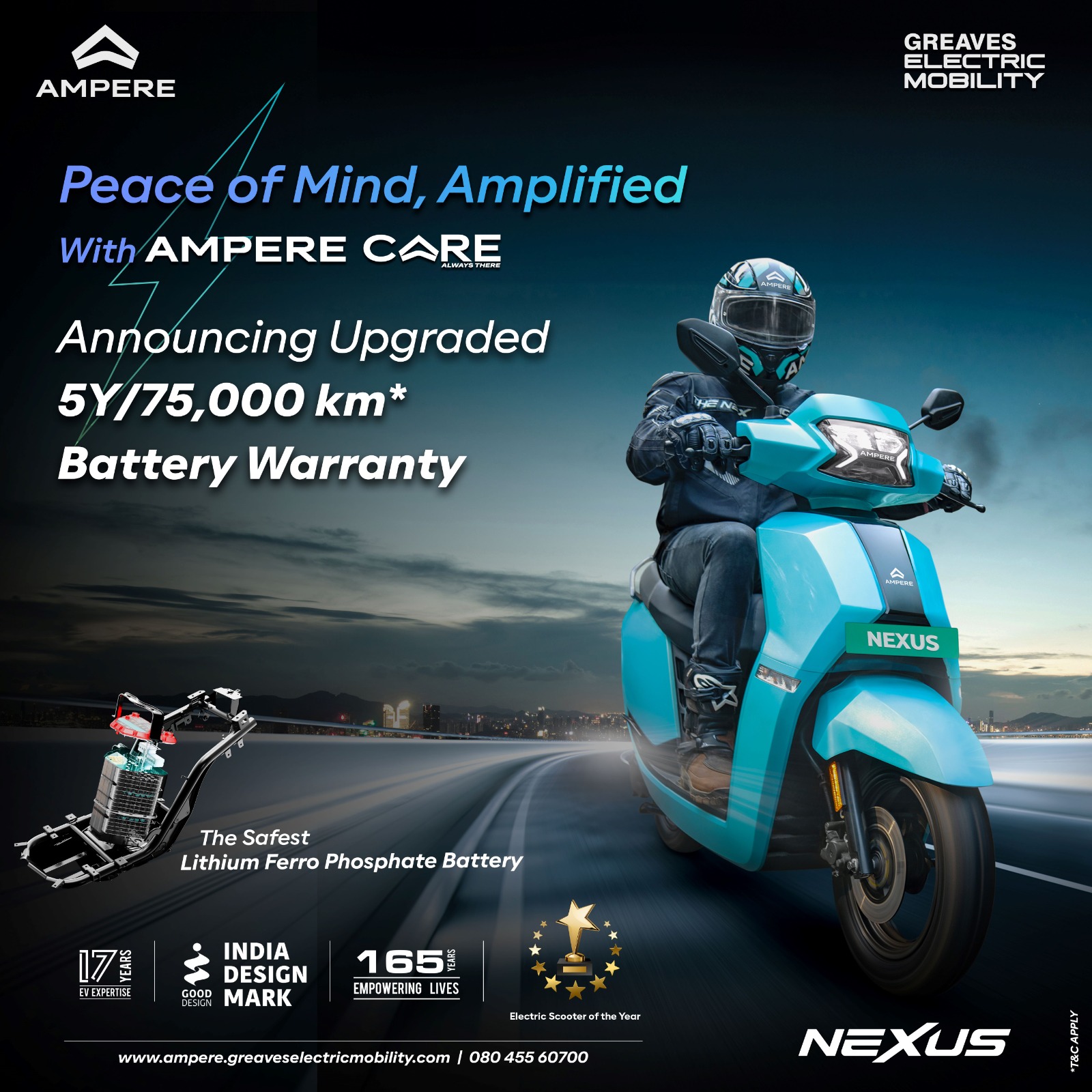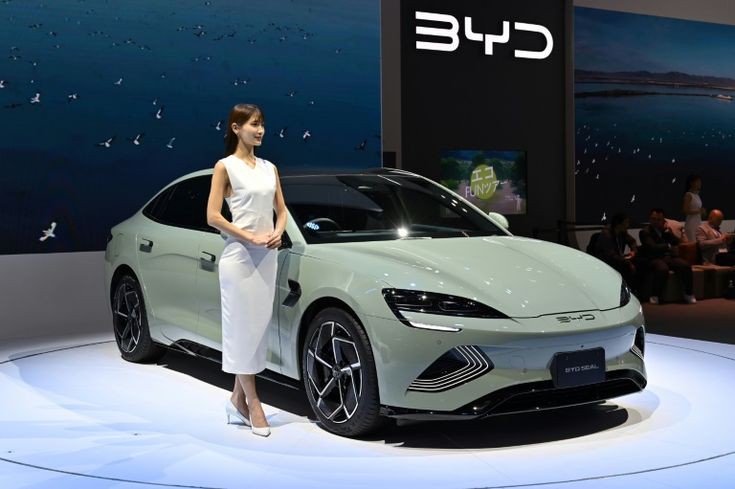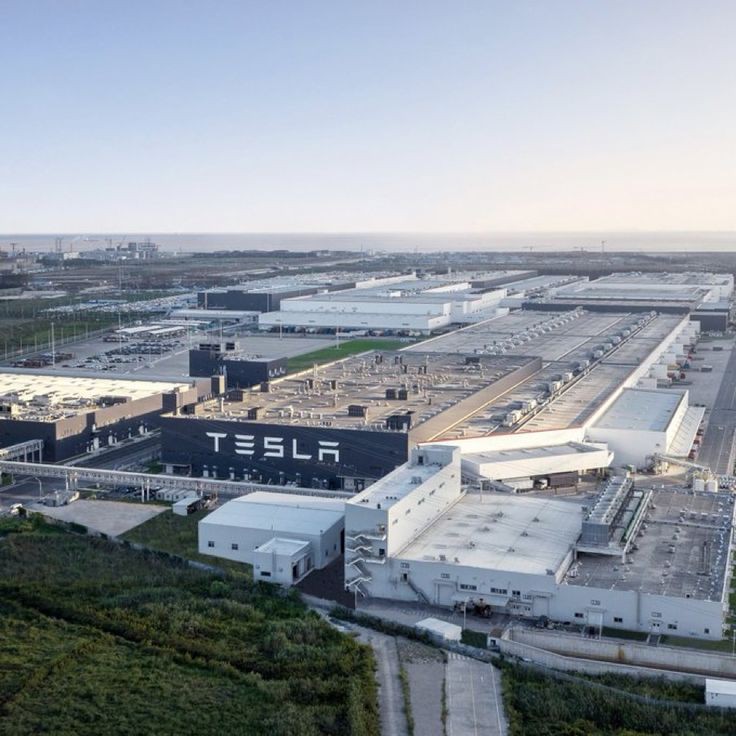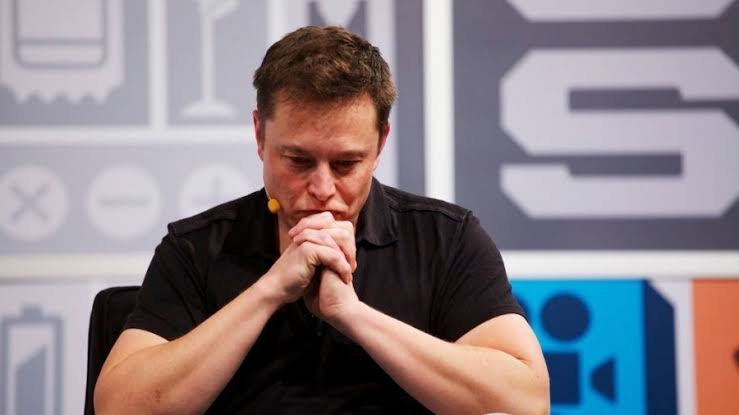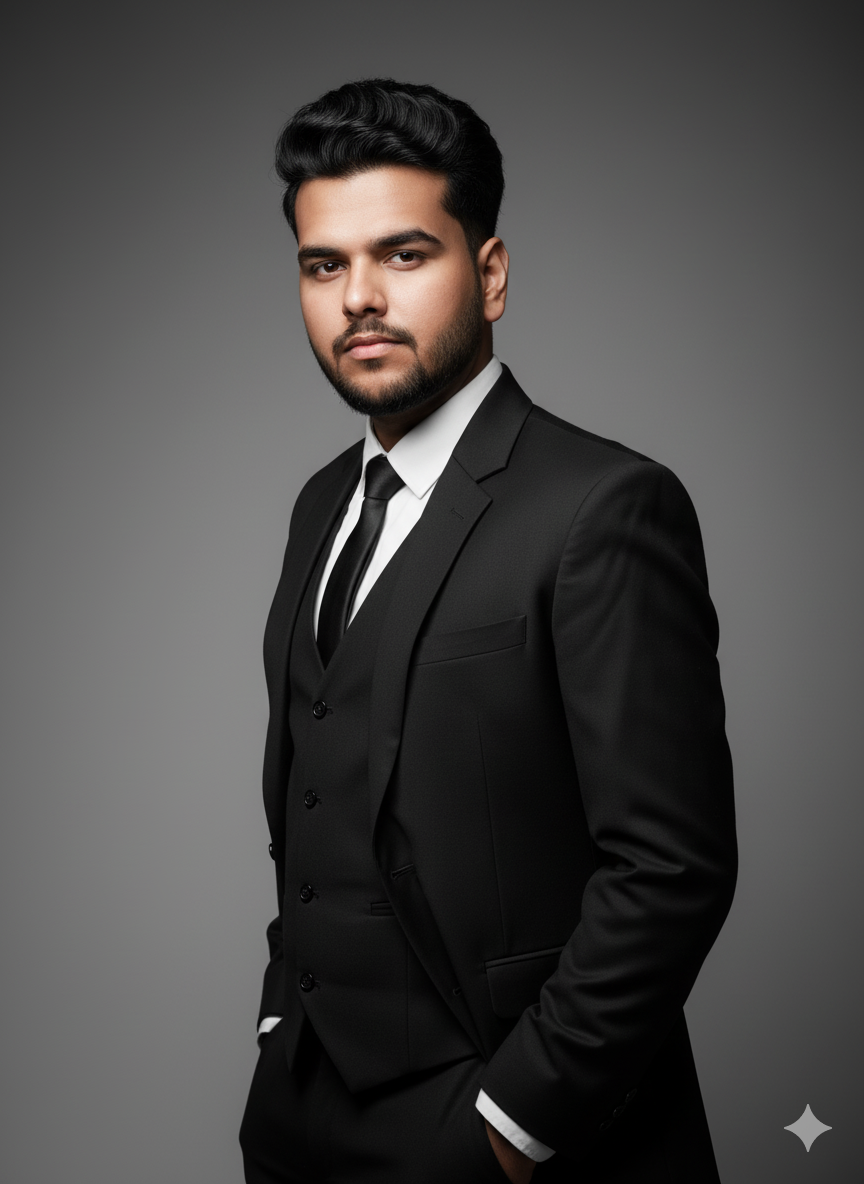Back
Account Deleted
Hey I am on Medial • 9m
BYD’s rise is nothing short of extraordinary. Once a small battery manufacturer, it now leads the global EV revolution, outpacing Tesla in China and expanding worldwide. Founded in 1995, BYD entered the auto industry in 2003 by acquiring the struggling Xi’an Qinchuan Automobile. Instead of traditional manufacturing, founder Wang Chuanfu leveraged BYD’s battery expertise to push electric vehicles. Their early models, like the F3 (a Toyota Corolla lookalike), gained traction, but the company was criticized for reverse engineering. BYD's first plug-in hybrid, the F3 DM, debuted in 2008 but failed commercially. The fully electric E6 followed in 2009, but instead of retail sales, it found success as a fleet vehicle. By 2010, rapid expansion led to growing pains, with overextended dealerships and quality concerns. A course correction focused on quality and brand strength. BYD shifted gears in the 2010s, expanding into electric buses, launching the Dynasty Series in 2013, and forming a short-lived joint venture with Daimler. Government subsidies fueled growth, but when they were cut in 2017, BYD struggled. By 2019, survival became the priority. Then came the turnaround. Between 2020 and 2023, BYD sales skyrocketed from 427,000 to 3 million units, fueled by innovation, strategic investments, and soaring global EV demand. By 2023, BYD had overtaken many competitors, committed to an all-electric future, and ceased producing pure gasoline cars. BYD hit major milestones: 5 million EVs produced by 2023 and 10 million by 2024, becoming the world’s first automaker to reach that number. It expanded exports, launched its own auto insurance, and built roll-on/roll-off cargo ships to transport vehicles globally. However, challenges remain. High EV costs still deter many buyers, and competition is fierce. But as battery prices drop and global demand rises, BYD is positioned to lead the EV revolution.
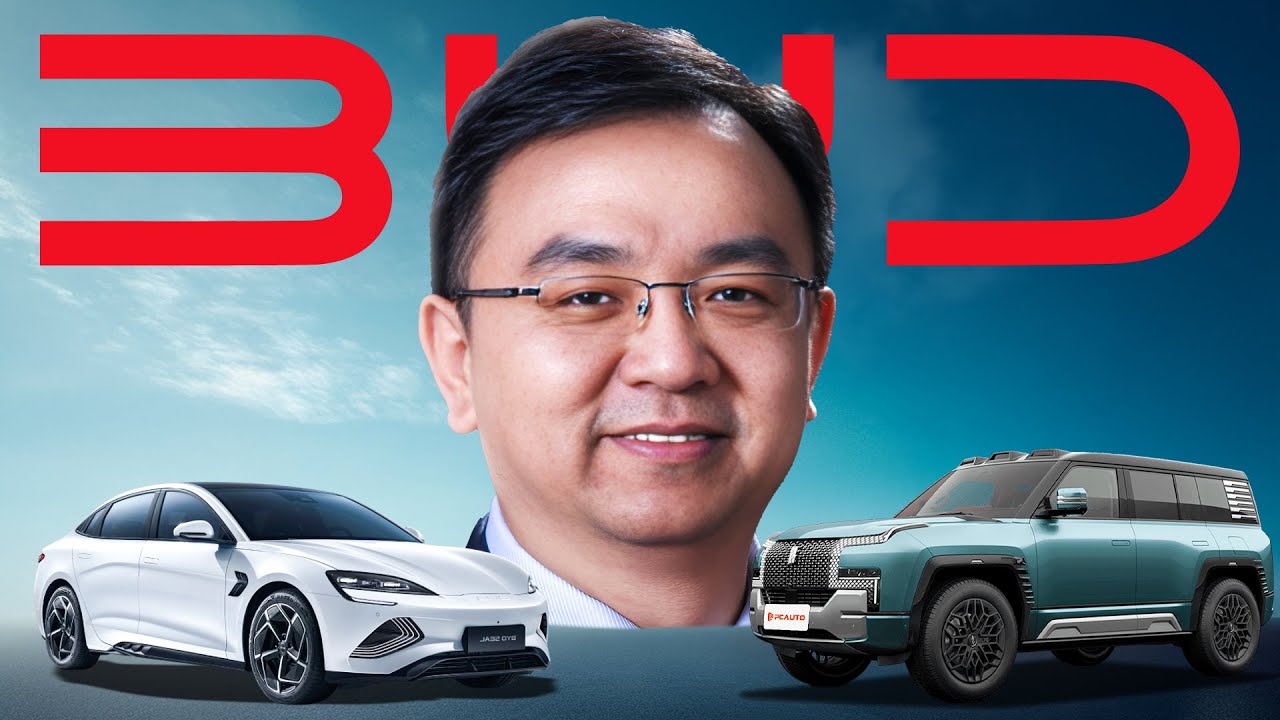
Replies (1)
More like this
Recommendations from Medial
EVINDIA
Stay updated with th... • 4m
BYD Crosses 13 Million EV Sales, Surpasses Tesla in 2025 ⚡ A new global milestone has been set — BYD has officially become the first automaker to sell over 13 million electric vehicles, overtaking Tesla in global EV sales this year. What does this m
See MoreSameer Patel
Work and keep learni... • 1y
BluSmart is an Indian electric ride-hailing and charging infrastructure company, focusing on sustainable urban mobility. Launched in 2019, it operates a fleet of electric vehicles (EVs), offering a green alternative to traditional ride-hailing servic
See More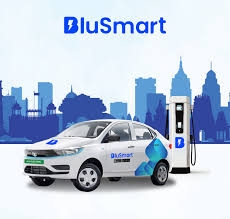
Download the medial app to read full posts, comements and news.

